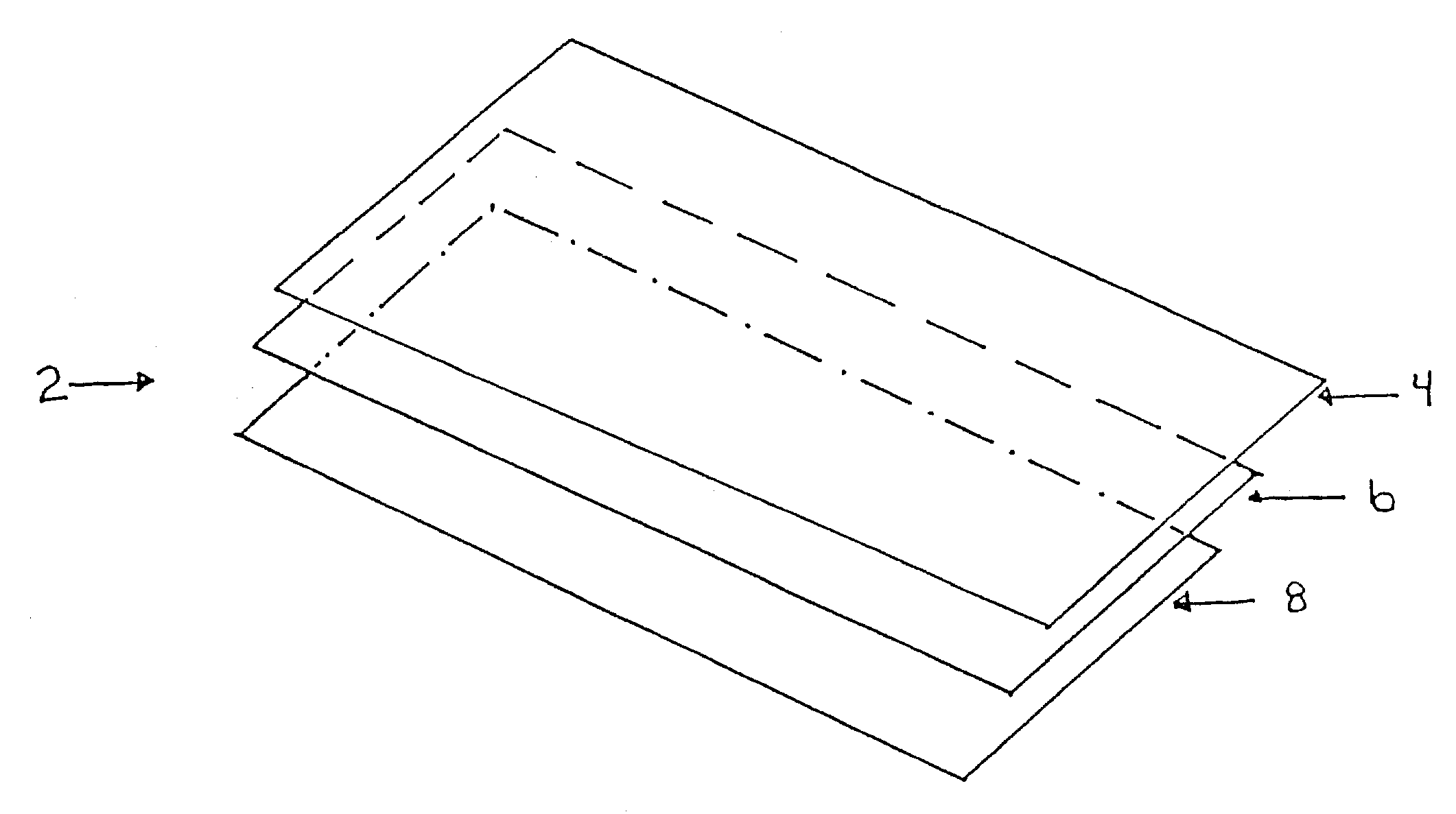Injection molding of lens
a technology of injection molding and lens, which is applied in the field of injection molding of lens, can solve the problems of unsatisfactory solutions, inability to achieve the effect of stable photochromic effect, good photochromic efficiency and durability, and simple and efficient
- Summary
- Abstract
- Description
- Claims
- Application Information
AI Technical Summary
Benefits of technology
Problems solved by technology
Method used
Image
Examples
examples
[0071]To obtain meaningful numbers for data on the performance of photochromic laminates on polycarbonate surfaces, a controlled experiment was done to measure the amounts of degradation obtained after an accelerated fatigue test on samples placed in a xenon lamp fadometer. The urethane polymers selected for comparison were both polyester urethanes (e.g., polyesters derived from polyester polyols or diols), herein called resin “A” (CLC-93A, Thermedics Corp, Woburn, Mass.), and polyether urethanes (derived from polyether polyols or diols), herein called resin “B” (PT-7500, Deerfield Urethane, Deerfield, Mass.).
[0072]Two test formulations were prepared, one with each of the two polymer types, resin A and resin B, Polyester and Polyether, respectively. Both formulations had the same weight proportions of the combination of ingredients consisting of CR49 0.66%, CR59 0.10%, Uvinul® 3040 0.30%, Tinuvin® 144 2.00%, Tinuvin.F 765 2.00%, the urethane solids comprised the remainder up to 100%...
PUM
| Property | Measurement | Unit |
|---|---|---|
| thicknesses | aaaaa | aaaaa |
| thicknesses | aaaaa | aaaaa |
| thickness | aaaaa | aaaaa |
Abstract
Description
Claims
Application Information
 Login to View More
Login to View More - R&D
- Intellectual Property
- Life Sciences
- Materials
- Tech Scout
- Unparalleled Data Quality
- Higher Quality Content
- 60% Fewer Hallucinations
Browse by: Latest US Patents, China's latest patents, Technical Efficacy Thesaurus, Application Domain, Technology Topic, Popular Technical Reports.
© 2025 PatSnap. All rights reserved.Legal|Privacy policy|Modern Slavery Act Transparency Statement|Sitemap|About US| Contact US: help@patsnap.com


